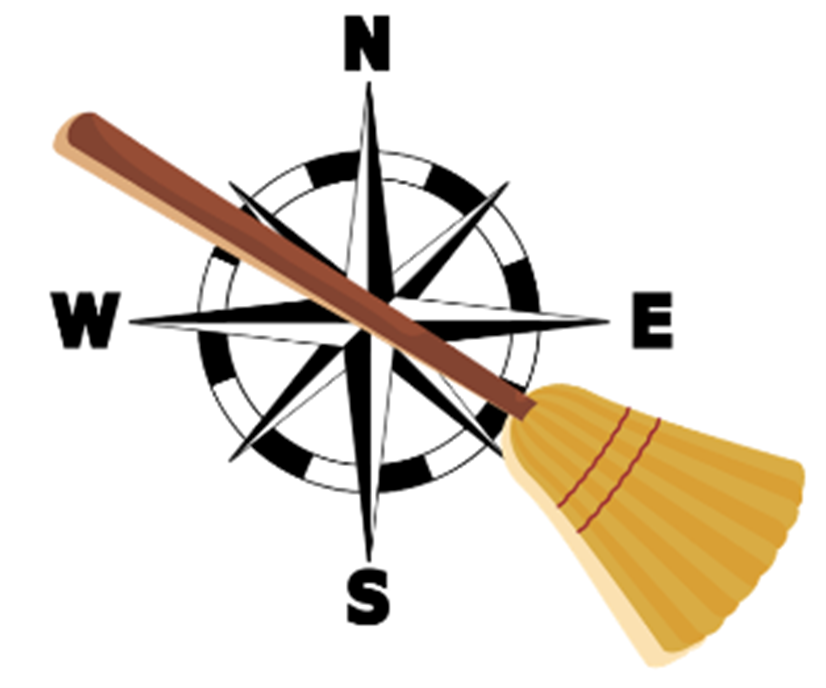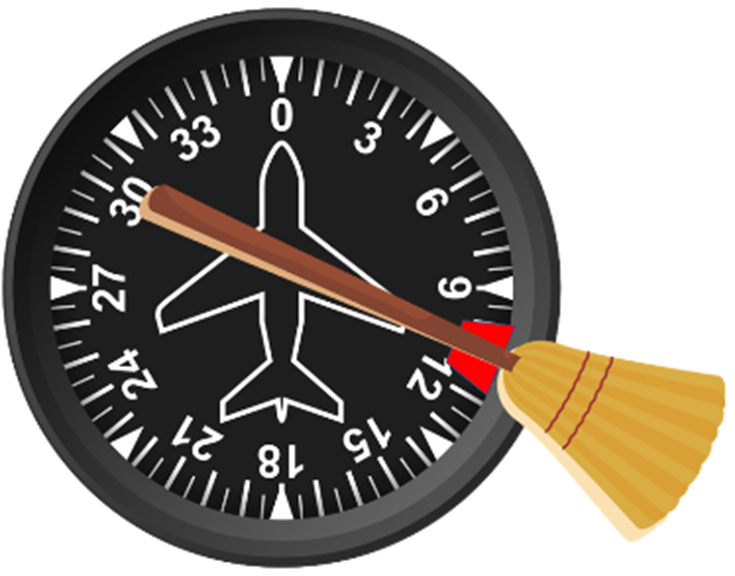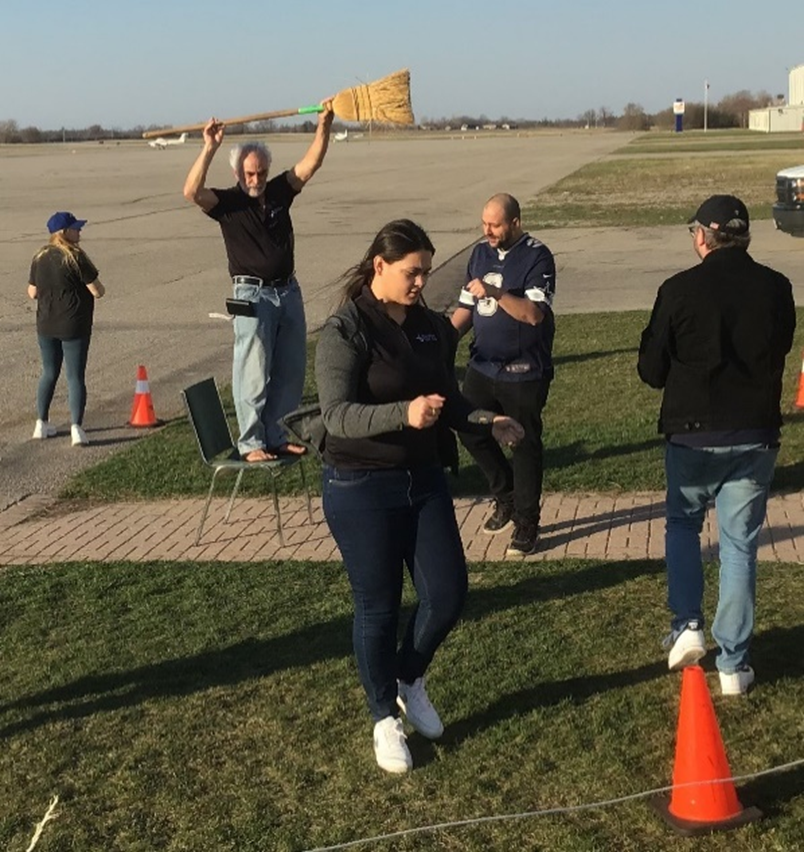By John Picone, privavte pilot licence/instrument rating (PPL/INRAT) Ground School Instructor–Brantford Flight Center
Figure 1: Cessna 182 upside down
Do you ever feel like skipping that part of the walkaround where you get on your knees in a cold hangar to check the fuel from under the wing of your Piper? You watched the rampie fill your tanks yesterday; you know the fuel is blue and moisture free. But you check anyway. It’s good airmanship. It’s the kind of attitude and habit that might one day save your life.
But how about taxiing in the wind? This aircraft was taxiing in strong winds at Calgary-Springbank in January of 2022. As the Cessna 182 was turning a corner, a left quartering tailwind picked it up and flipped it over.
While we may never encounter wind speeds of 40 knots gusting to 50 on the maneuvering area, as was the case in Springbank, good airmanship dictates that we execute control inputs to maximize our stability while taxiing in the wind.
Figure 2: Compass rose overlaid by a broom
Teaching my ground school pilots what these inputs are in certain surface wind conditions is not difficult. I can even invite their deductive reasoning to come up with these inputs on their own: “Ok, so we have a wind coming from behind us off to our left. What do we NOT want to happen?” Don’t let the wind pick up the tail or the left wing. “Yup, that makes sense. So which control surfaces can we move and in what way to manipulate that wind to keep our tail and left wing down?” They quickly deduce that down left aileron (control yoke turned to the right) and down elevator (control yoke forward) will work to our advantage. From here we arrive at “Dive away” from a quartering tailwind and, if the breeze is coming from in front of us, “turn into the headwind, neutral elevator.” Top it off with the well-known diagram in the Cessna 172 pilot’s operating handbook (POH). They will memorize it for the exam.
Figure 3: heading indicator (HI) overlaid by a broom
That’s all well and good. But how can we have our ground school students practice these inputs so that they become second nature? Automatized. The way we activate our turn signal as we approach a corner or change lanes when driving. After all, we rarely taxi in one direction. The pilot in Springbank was doing fine until he turned a corner, and the quartering headwind became a quartering tailwind.
Introduce the Wind Broom!
Imagine your household sweeper as the direction indicator of an anemometer: the straw end is the direction from which the wind is blowing. Simply place the broom on your living room floor and taxi about the carpet changing inputs accordingly. I like to do this with my whole class out on the ramp. In suitable weather, of course. I even ask them to imagine they are taxiing out to the actual runway which I’ve chalked on the pavement along with the taxiways. Once they get the hang of this, and they’ve practiced it at home, I’ll ask them if there’s any instrument in the cockpit that might help them “remember” where the wind is blowing from. They’ll quickly come up with using the heading bug on the heading indicator (HI): set it to the direction from which the wind is blowing. There’s a lot to do taxiing for takeoff; a quick glance at the HI is all that’s needed to know your orientation to the wind and maintain stability as you head out to the threshold for takeoff.
Demonstration of the wind broom from to the class out on the ramp



